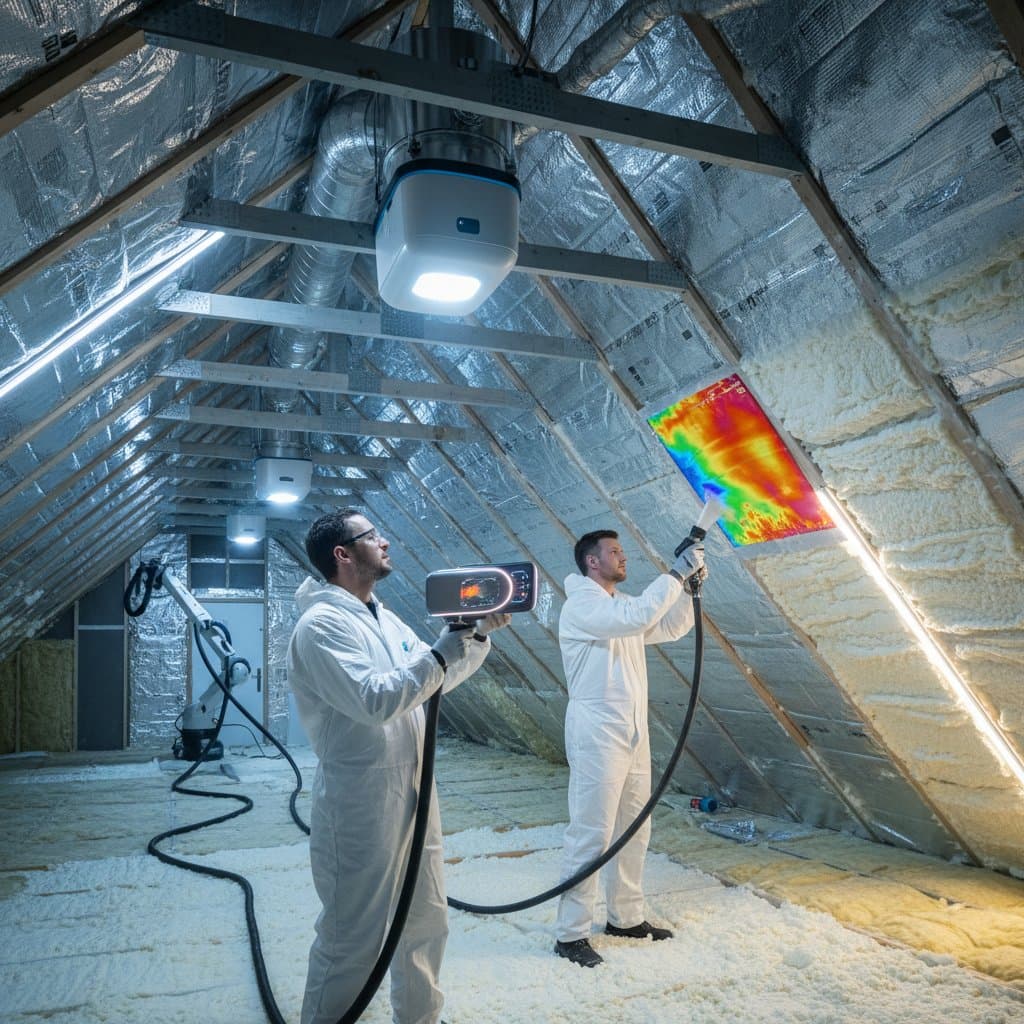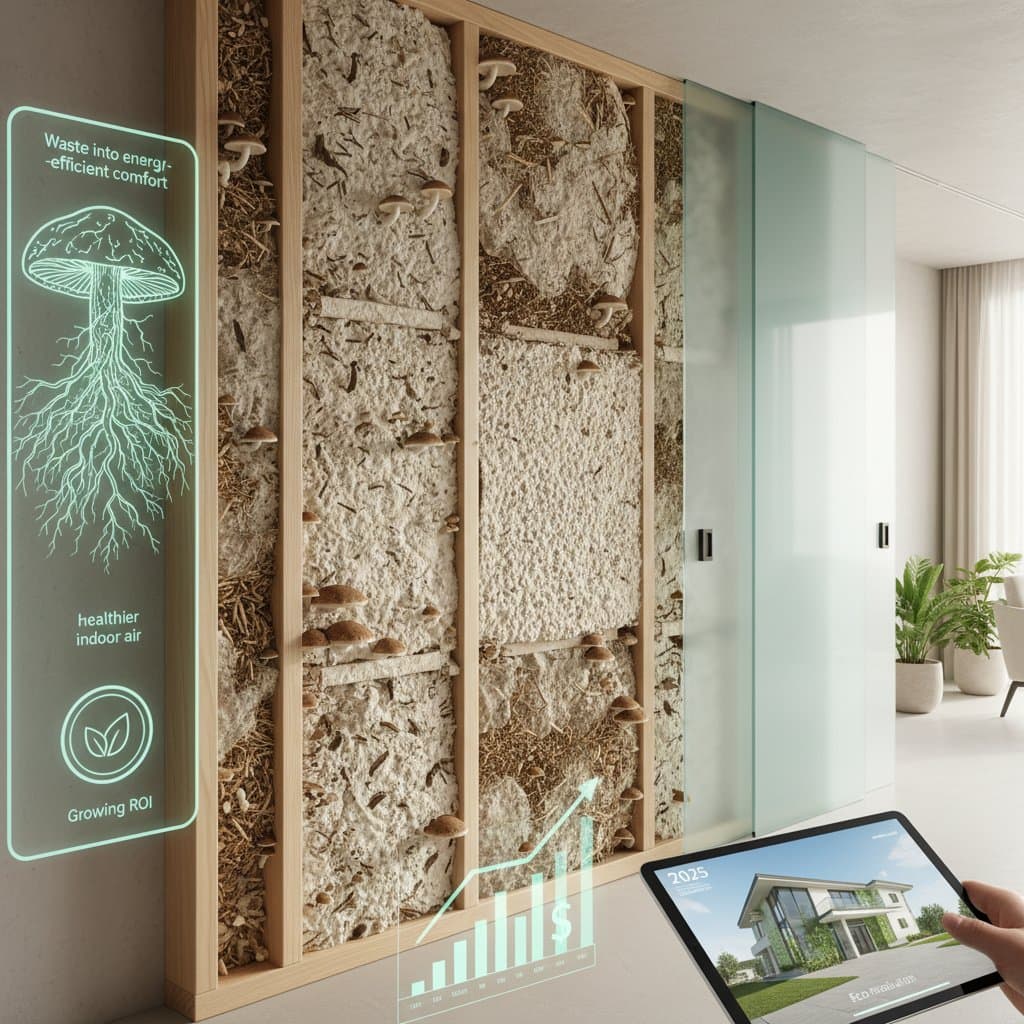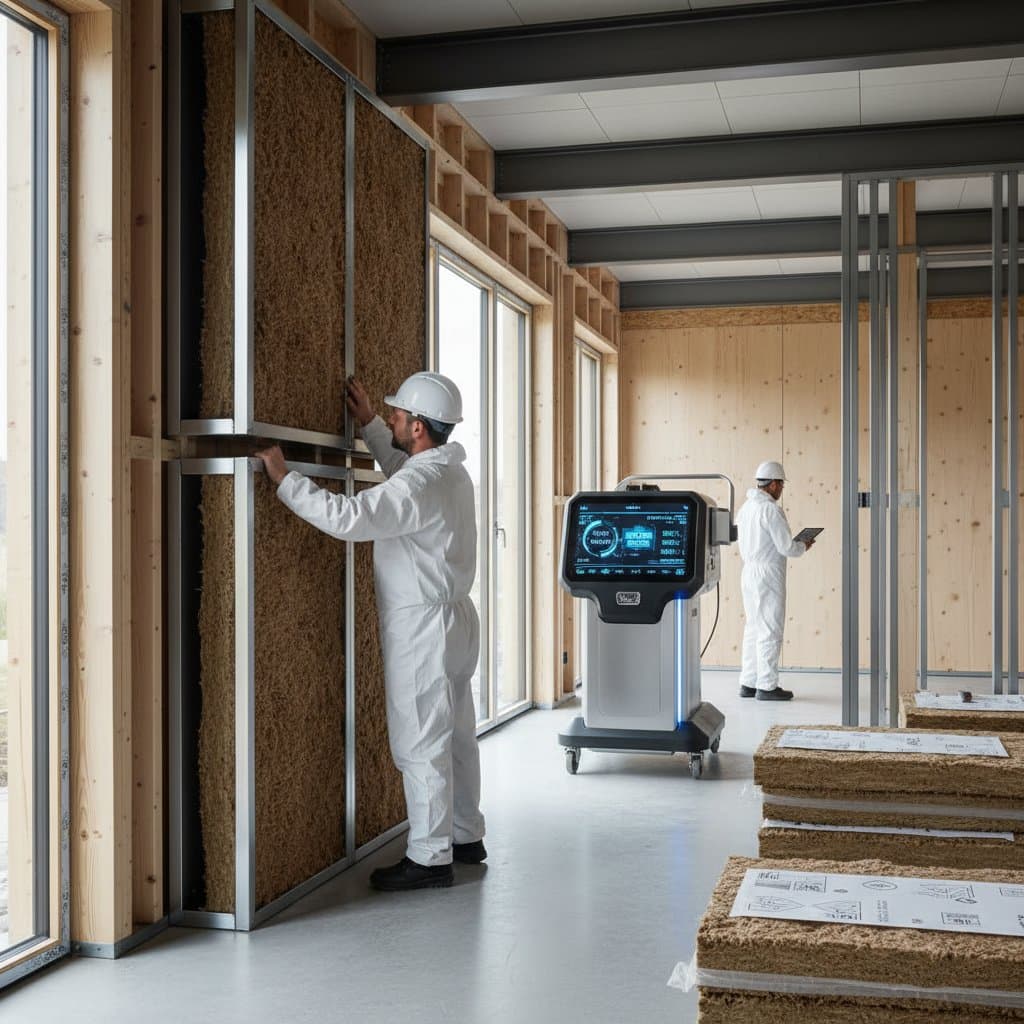Key Points
- Recycled denim insulation reduces installation costs by up to 50 percent compared to traditional fiberglass.
- It provides superior soundproofing, high thermal performance, and zero irritation during installation.
- The material derives from post-consumer jeans and factory scraps that would otherwise enter landfills.
- Incentives for sustainable building materials enable homeowners to achieve a return on investment within three to five years.
- Unlike fiberglass, recycled denim insulation releases no airborne fibers, supporting healthier indoor air quality.
Why Recycled Denim Insulation Gains Traction
Consider transforming discarded jeans into insulation that maintains warmth, reduces noise, and enhances comfort throughout a home. Recycled denim insulation achieves this transformation, reshaping perspectives on sustainability among homeowners and builders. Innovations in recycled materials position denim insulation as a practical, accessible eco-friendly option.
This insulation matches the performance of established types while delivering cost savings, simplified installation, and a reduced environmental impact. Homeowners seeking lower heating and cooling expenses without sacrificing comfort find recycled denim insulation particularly appealing.
Material Composition
Recycled denim insulation starts with post-consumer denim and cotton fabric processed into fibers, then treated for fire resistance and mold prevention. The outcome is a soft, dense mat that installs between wall studs, under floors, and in ceilings, similar to fiberglass batts.
Absence of glass fibers or chemical binders sets it apart from fiberglass. Cotton's structure naturally captures air, yielding strong thermal resistance. Products typically offer R-values from R-13 to R-30 based on thickness, suiting residential and light commercial uses.
Available in batts, rolls, and loose-fill forms, the insulation accommodates various project needs and provides builders with versatility.
Cost and Performance Comparison
Sustainable materials once faced cost barriers, but recycled denim insulation shifts that dynamic. It costs about 50 percent less than fiberglass when accounting for installation and maintenance efficiencies.
| Feature | Recycled Denim | Fiberglass | Spray Foam |
|---|---|---|---|
| Average Material Cost (per sq. ft.) | $0.90 - $1.10 | $0.80 - $1.20 | $1.50 - $3.00 |
| Installation Labor Cost | Low | Moderate | High |
| R-Value per Inch | 3.5 - 3.7 | 2.9 - 3.7 | 6.0 - 7.0 |
| Sound Absorption | Excellent | Moderate | Moderate |
| Health Risks | None | Respiratory Irritation | Chemical Exposure |
| Recyclability | 100% | Limited | Limited |
Installation time decreases with recycled denim, eliminating the need for protective gear. Workers handle it bare-handed without gloves, masks, or long sleeves, avoiding skin irritants and airborne fibers for a safer experience.
Environmental Advantages
Each square foot of recycled denim insulation prevents denim from reaching landfills. Data from the Cotton Incorporated Sustainability Report indicates that 25 billion pounds of textiles enter waste streams yearly, with minimal recycling. Converting denim to insulation redirects thousands of tons of cotton waste and lessens demand for virgin materials.
Production energy for recycled denim insulation is roughly 80 percent lower than for fiberglass. It bypasses petrochemicals in foam products. Eco-focused homeowners benefit from reduced embodied carbon and compatibility with certifications like LEED and WELL.
Certain manufacturers incorporate recycled polyester from plastic bottles, enhancing environmental gains. The product remains fully recyclable at end-of-life, fostering a closed-loop system aligned with circular economy principles.
Comfort and Health Advantages
Beyond thermal efficiency, recycled denim insulation stands out in acoustics. Its dense cotton fibers absorb sound waves, delivering up to 30 percent greater noise reduction than fiberglass. This quality suits bedrooms, home offices, and communal areas.
Health benefits prove equally significant. Conventional insulations may emit volatile organic compounds or particles that affect breathing. Recycled denim insulation avoids formaldehyde, chemical binders, and particulates, improving indoor air quality right after installation for families with children, pets, or allergies.
Simplified Installation Process
Ease of installation ranks among recycled denim insulation's top features. Standard shears or utility knives cut it cleanly, and it maintains shape without sagging. Flexibility allows tight fits in irregular spaces, minimizing thermal bridging for optimal sealing.
Do-it-yourself retrofits benefit from its forgiving nature and safe handling. No specialized training is required, and cleanup remains simple. Professionals complete projects faster, cutting labor expenses and supporting the reported 50 percent overall cost reduction from field studies.
Incentives and Investment Returns
Rebates and tax credits from government and utility programs increasingly support sustainable upgrades. Recycled denim insulation qualifies due to its energy efficiency compliance.
Payback occurs in three to five years, varying by climate and energy rates. Proper installation cuts annual heating and cooling costs by up to 20 percent. These savings, paired with comfort and health gains, strengthen the financial rationale.
In high-energy-cost areas, returns accelerate. Builders note improved energy ratings in denim-insulated homes, boosting resale potential.
Insights from Experts
Energy efficiency consultants and building scientists praise recycled denim insulation's practical edges. Architect Laura Kim, focused on sustainable residential design, states, "Clients value this product as concrete evidence of sustainability. It feels approachable, performs reliably, and conveys a meaningful narrative."
Energy auditor Michael Tran observes, "We measure clear improvements in thermal retention and noise control, especially in older structures. Its non-toxic profile allows occupants to remain during installation, unlike many alternatives."
Such views signal broad acceptance in construction circles, affirming recycled denim insulation as both eco-friendly and technically robust.
Considerations and Limitations
Recycled denim insulation absorbs moisture in leak-prone or humid conditions, necessitating vapor barriers and ventilation. Its greater weight compared to fiberglass may demand extra ceiling fasteners.
Regional supply varies with textile recycling availability, though expanding demand prompts wider distribution. Manufacturers address these challenges to improve nationwide access.
Sourcing and Installation Guidance
To pursue recycled denim insulation, seek certified suppliers using post-consumer denim. Prioritize third-party validations like Global Recycled Standard or Cradle to Cradle for sourcing integrity.
Request details on R-values, fire treatments, and warranties when obtaining quotes. R-19 to R-30 ratings suffice for most walls and attics.
Professionals finish average homes in one to two days; DIY efforts extend based on skill. Pre-installation moisture checks ensure longevity.
Realizing Sustainable Home Upgrades
Adopting recycled denim insulation extends beyond expense reduction. It yields a home that enhances well-being, efficiency, and resource stewardship. Savings materialize, comfort registers, and ecological impacts endure.
For renovations or new builds, evaluate denim insulation against standard choices. Calculate costs with rebates in mind, and weigh intangible benefits like health and quietude.
Sustainability builds through deliberate choices with lasting effects. Recycled denim insulation converts waste into enduring asset, promoting comfort and planetary health.








